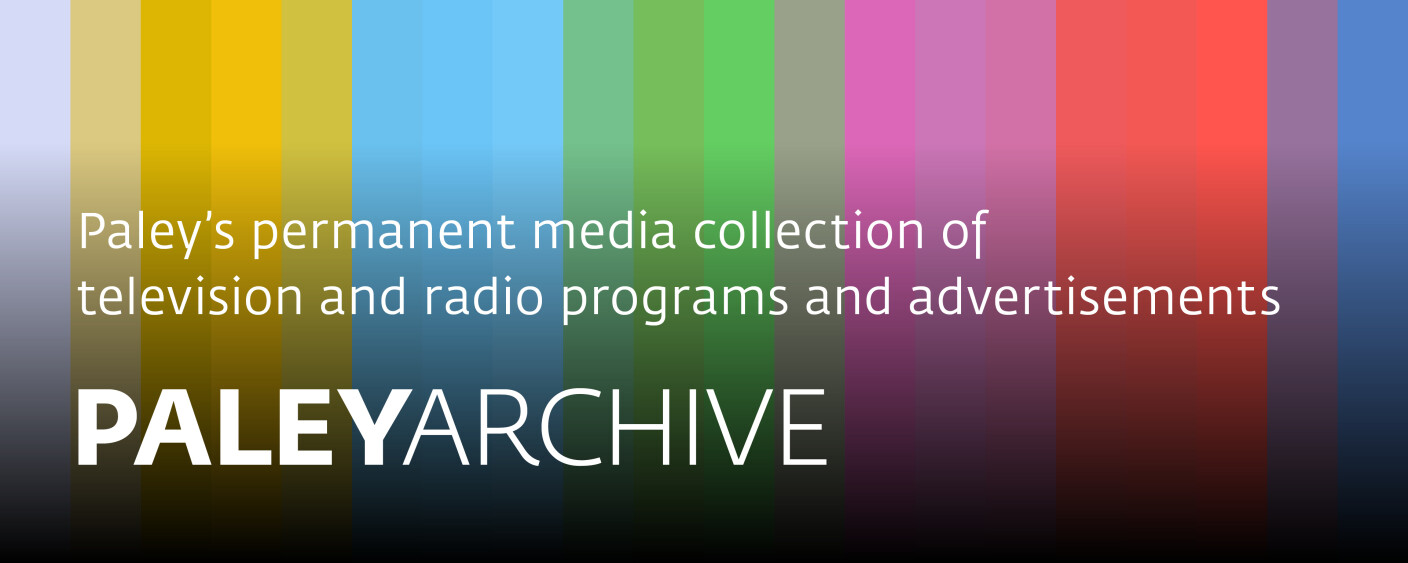
WORD IS OUT: STORIES OF SOME OF OUR LIVES (TV)
Summary
This documentary film features interviews with 26 gay and lesbian Americans about their everyday lives, the coming-out process, the gay liberation movement, and other topics.
In the first section, "The Early Years," interviewees discuss issues which include: the sense of being an outsider; feigning heterosexuality with the help of acting lessons; the presence of many lesbians, some of whom disguised themselves as men, in the Women's Army Corps; inspiration from Liberace, the "epitome of the sissy," contrasted with stoic "macho" figures like Clark Gable and Gary Cooper; developing a sense of "invulnerability" to hide one's true self; attempts to "pray the gay away" or "cure" it by visiting psychiatrists, some of whom recommended new diets; the sense of loneliness and curiosity about the existence of other gay people; fitting into the structure of the accepted "lesbian personality"; the disappointing experience of attending heterosexual weddings and feeling that one would never be permitted the same joy; meaningful relationships in the Bible, including Ruth and Naomi and David and Jonathan; choosing to leave emotionally meaningless heterosexual relationships; navigating the lives of older gay people; the importance of New York City's Greenwich Village as a home base for gay people to find one another; the Women's Army Corps "witch hunt" that led to the dishonorable discharge of over 500 gay members; being forced into psychiatric hospitals and experiencing "terrifying" shock treatments and other extreme "cures"; the inability to fight back against mistreatment by the police; and the process of becoming aware of other gay people and developing solidarity to fight for one's rights.
In part two, "Growing Up," the discussion continues onto such topics as: fighting against internalized homophobia and the subconscious sense of gay life as "sleazy"; conflicting messages about homosexuality as either a contagious illness or a negative personal choice; the frightening experience of "standing in isolation"; why raising children in strictly divided gender roles creates a "half person" that can only be made whole through marriage; the lack of prominent gay and lesbian role models; how clothing and appearance communicate "how you want people to react to you"; whether gay couples feel comfortable being affectionate in front of others; one-night stands versus serious relationships; learning about the concept of bisexuality; the experience of attending one's first gay pride parade; the intersections of feminism and lesbianism; dealing with violent homophobia and finding support and friendship in gay social groups; and memories of first loves and first physical and sexual encounters; including the "ecstatic" sensation of falling in love for the first time.
In the final section, "From Now On,"subjects of discussion include: why love is a form of trust; the legal difficulties facing same-sex parents, who can lose custody of their children because of so-called "inappropriate conditions in the home"; the scary experience of coming out, particularly for those in highly scrutinized careers like teaching or the military; being out in the workplace and overhearing co-workers' offensive comments; choosing to come out to close family members (and some subjects' concern about their relatives' reaction to the film); fighting "masculine norms" and embracing a more androgynous personal style; establishing one's own "boundaries" without relying on labels; the rise in women choosing to leave their husbands, either for other women or to be alone and find their true identities; "restructuring" society to help those who are oppressed; debate about the pros and cons of casual sexual encounters without emotional connection; why positive strides in gay liberation also mean the loss of a "secret society"; and how facing racism helps to prepare one for homophobic treatment. The film concludes with several of the interviewees participating in a pride parade. Commercials deleted.
Details
- NETWORK: PBS WNET New York, NY
- DATE: October 10, 1978 8:30 PM
- RUNNING TIME: 1:47:01
- COLOR/B&W: Color
- CATALOG ID: B:53752
- GENRE: Public affairs/Documentaries
- SUBJECT HEADING: LGBTQ+ Collection; Public affairs/Documentaries; Talk/Interview
- SERIES RUN: PBS - TV, 1978
- COMMERCIALS: N/A
CREDITS
- Peter Adair … Producer
- Veronica Selver … Producer
- Lucy Massie Phenix … Producer
- Andrew Brown … Producer, Director
- Robert Epstein … Producer, Director
- Nancy Adair … Associate Producer, Director
- Trish Nugent … Music by
- Carol Vendrillo … Music by
- Marcia Bauman … Music by
- Robin Osborne … Music by
- Kristen Brooks … Music by
- Dickie Dworkin … Music by
- Michael Gomes … Music by
- Freddy Gray … Music by
- Terry Hutchison … Music by
- Joe Nathan Johnson … Music by
- Joe Raskin … Music by
- Kenny Ross … Music by
- Donn Tatum … Music by
- Blackberri … Music by
- Jerry Kirby … Music by
- Pat Bond … Interviewee
- John Burnside … Interviewee
- Sally Gearhart … Interviewee
- Elsa Gidlow … Interviewee
- Donald Hackett … Interviewee
- Roger Harkenrider … Interviewee
- Harry Hay … Interviewee
- Pam Jackson … Interviewee
- Rusty Millington … Interviewee
- Trish Nugent … Interviewee
- Mark Pinney … Interviewee
- Rick Stokes … Interviewee
- George Mendenhall … Interviewee
- Nadine Armijo … Interviewee
- Dennis Chin … Interviewee
- Cynthia Gair … Interviewee
- Nathaniel Dorsky … Interviewee
- David Gillon … Interviewee
- Freddy Gray … Interviewee
- Linda Marco … Interviewee
- Tede Mathews … Interviewee
- Michael Mintz … Interviewee
- Betty Powell … Interviewee
- Ana Samsell … Interviewee
- Whitey (see also: Bernice Fladden) … Interviewee
